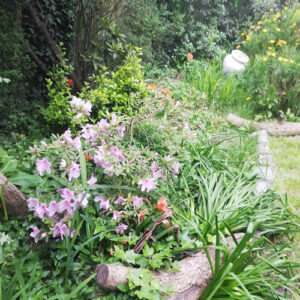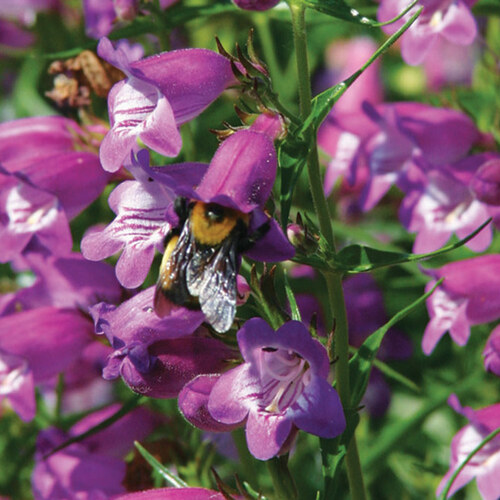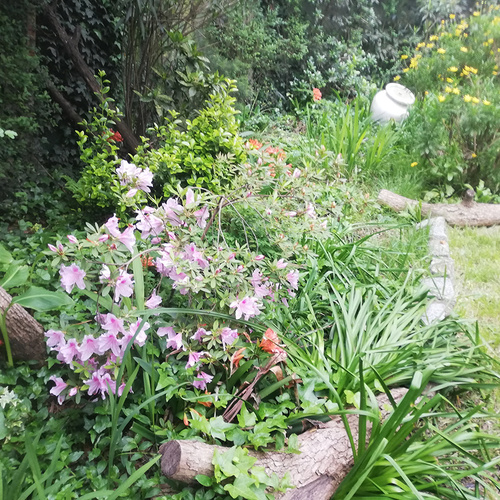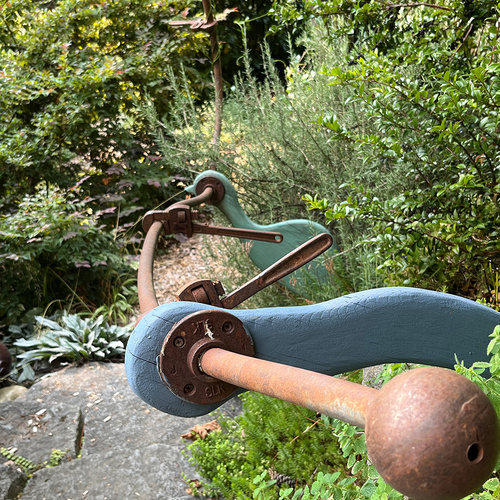Expert Picks for Long-Blooming Sun Perennials to Grow in the Southwest
If you’re looking for plants that provide blooms all season long, these expert picks for the Southwest are sure to brighten your garden. Discover four long-blooming sun perennials that thrive in the region’s hot, dry conditions, bringing reliable color to sunny beds and borders from summer into fall.
See more regional picks: Plants for Birds in the Southwest
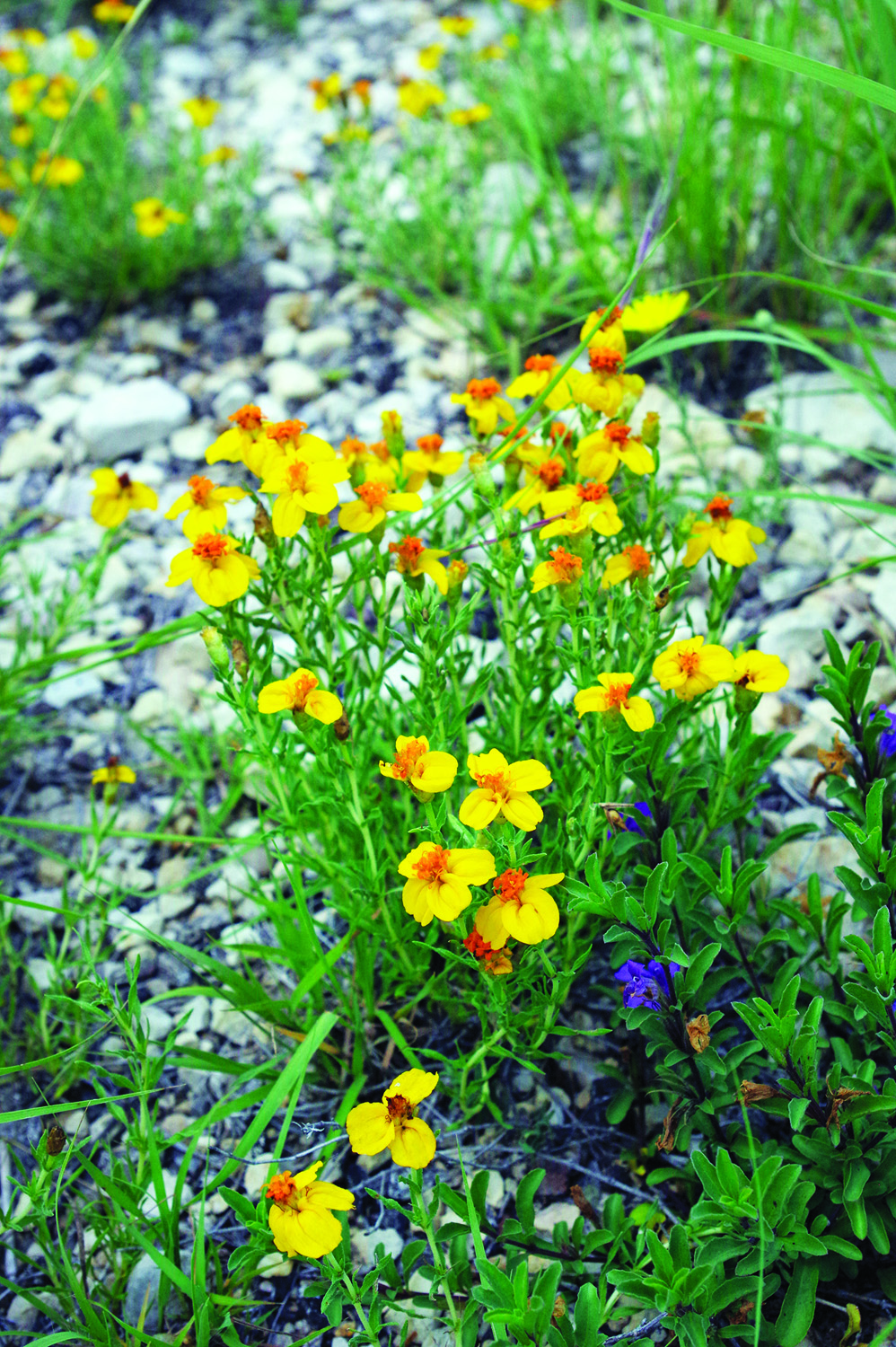
‘Gold on Blue’ prairie zinnia
Name: Zinnia grandiflora ‘Gold on Blue’
Zones: 4–8
Size: 8 to 10 inches tall and 18 inches wide
Conditions: Full sun; lean, dry, well-drained soil
Native range: Southwestern United States, Mexico, and Central America
This wonderful long-blooming desert perennial is extremely tough and adaptable. Hardy up to 6,200 feet in elevation, it is ideal for high desert and xeric plantings. It will flourish in the most challenging soil conditions, including alkaline and clay, and also thrives in the heat. I prefer to plant ‘Gold On Blue’ en masse to attract and support pollinators throughout the summer. As a low-maintenance plant that is resistant to foragers, it is a delightful addition to rock gardens or xeriscape settings, and the perfect ground cover at the edges of pathways. Gardeners will enjoy the beauty of ‘Gold On Blue’ while hardly having to think about maintenance. Stems can be cut back in fall or early summer, but this easy task is completely optional.
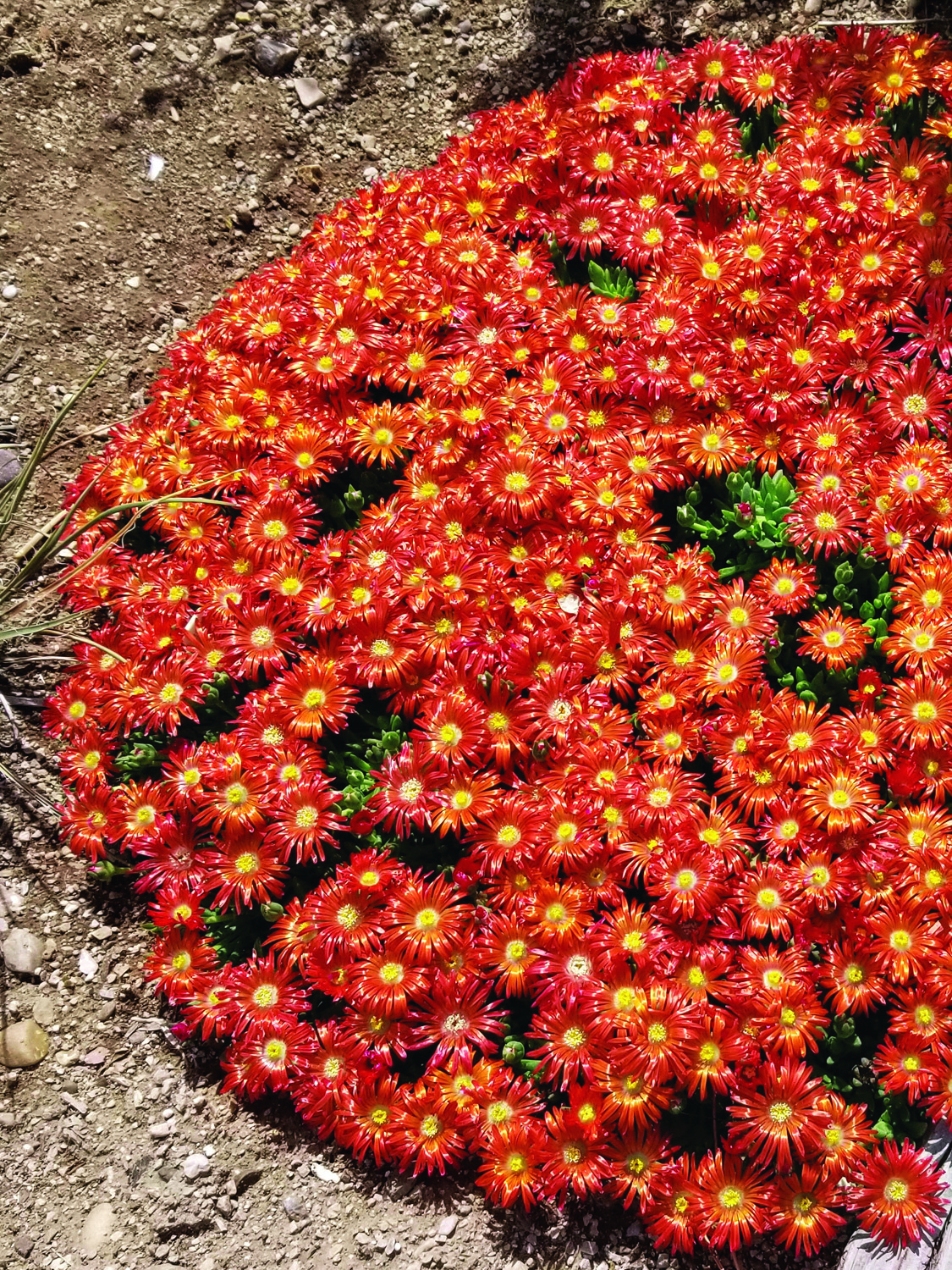
Granita® Orange ice plant
Name: Delosperma ‘PJS02S’
Zones: 5–8
Size: 1 to 2 inches tall and 10 to 14 inches wide
Conditions: Full sun; average to dry, well-drained soil
Native range: Hybrid of African species
Granita® Orange ice plant is an uncharacteristically long-blooming perennial. While most ice plants only flower for up to four weeks in spring or summer, this show-stopper keeps going from spring until fall. Its flowers also have a delightful iridescent orange color that is rare to find in a ground cover. The blooms provide nectar for bees and other beneficial pollinators. With its low water and maintenance needs, it begs to be planted in rock gardens, cactus gardens, or xeric “heat island” garden beds. Be sure to plant it in a location with well-drained soil that is at least 50% sand to allow for the roots to spread and thrive. Rabbits, deer, and other foraging wildlife will nibble on it if they get a chance, so it is best to site it in a protected garden or courtyard.
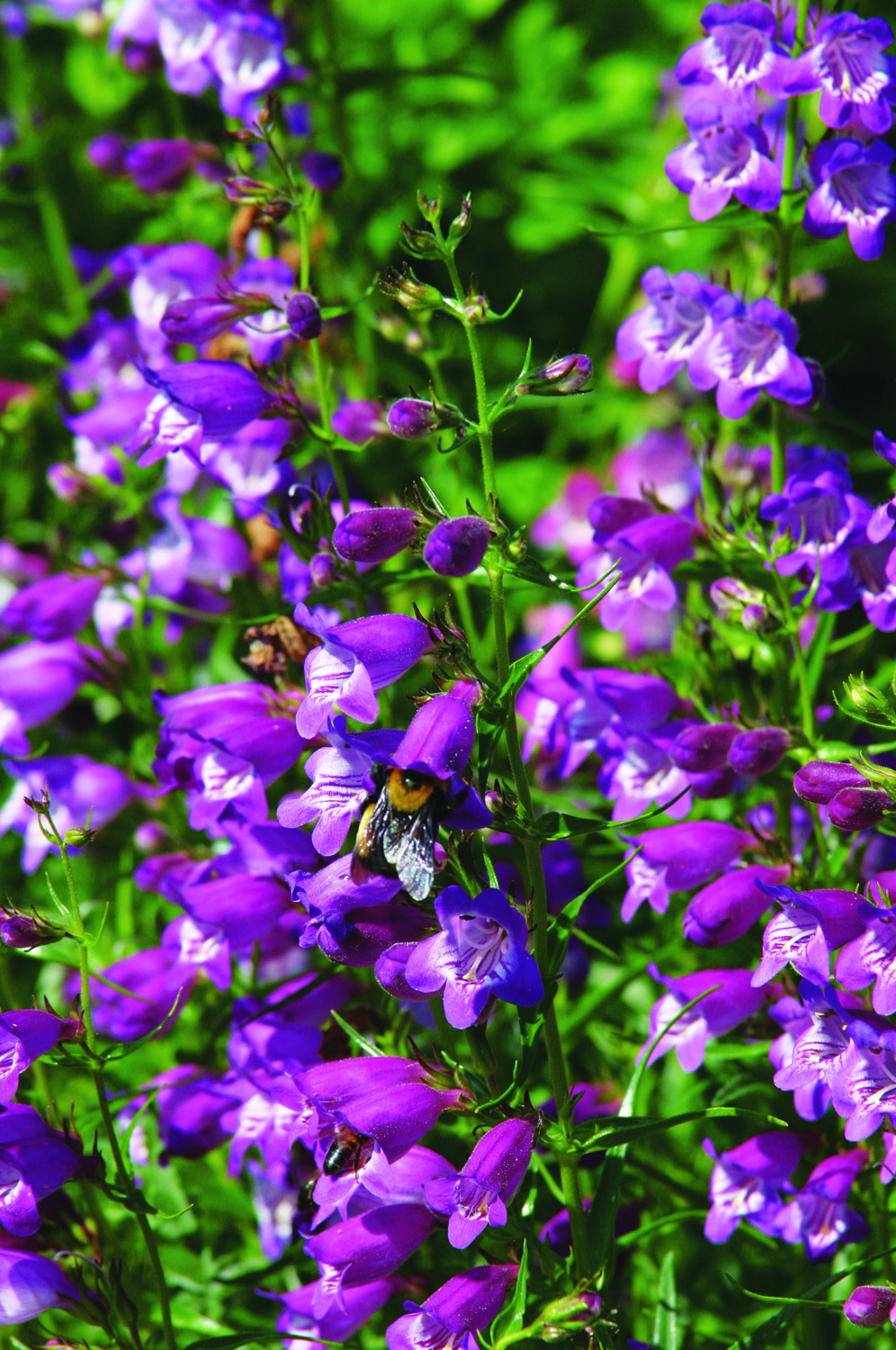
Pikes Peak Purple® penstemon
Name: Penstemon ‘P007S’
Zones: 4b–8
Size: 14 to 18 inches tall and 12 to 14 inches wide
Conditions: Full sun; average to dry, well-drained soil
Native range: Hybrid of North American species
This heat-loving penstemon flowers from June through August and maybe longer, depending on your location. Its stunning purple blooms will be a wonderful addition to your xeric garden, where they will draw in hummingbirds and other pollinators throughout the summer. You can extend the flowering period by deadheading old blooms and periodically aerating the soil around the root zone with a spading fork. This penstemon is resistant to foragers. I like to plant it in masses with other Mexicali hybrid varieties, which come in a range of lovely colors. If you allow the seed heads to dry on the stems, it will readily self-sow; simply thin out any undesired seedlings in spring.
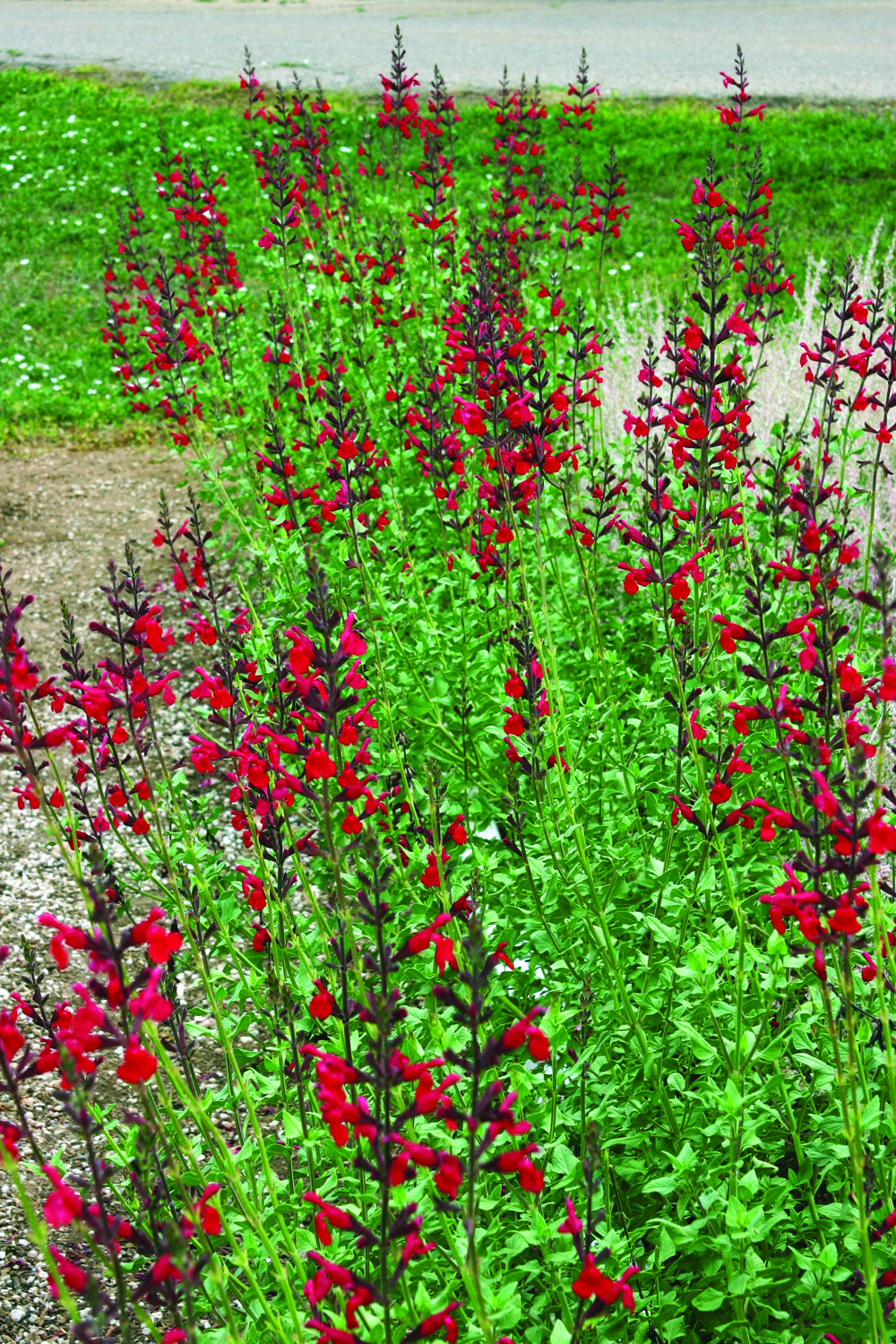
Windwalker® Royal Red salvia
Name: Salvia darcyi × microphylla ‘PWIN03S’
Zones: 5–9
Size: 3 to 4 feet tall and 3 feet wide
Conditions: Full sun; average to dry, well-drained soil
Native range: Hybrid of species native to the southwestern United States and Mexico
Windwalker® Royal Red salvia is a fast-growing, showy delight, and one of my very favorite garden plants. It flowers abundantly from June until the first frost, with sensational cherry-red blooms that attract hummingbirds and other pollinators from a distance. It is as tough as it is beautiful and thrives in some of the hottest locations: against walls, in rocky crevices, along sidewalks, or on parking islands. It is an extremely easy plant to maintain and is resistant to foragers, but it does prefer a location with some wind protection, like a courtyard or fenced garden. It will grow tall and wide, so give it plenty of room to spread its wings.
Expert: Mark G. Brotton, CPLD, is co-owner and principal designer at Living Water Irrigation & Landscape in Santa Fe, New Mexico.
Learn more:
Watch Our Gardening Videos on YouTube
Subscribe to Fine Gardening Magazine
Listen to Our Podcast: Let’s Argue About Plants!
Fine Gardening Recommended Products

Gilmour 811673-1001 Sprinkler
Fine Gardening receives a commission for items purchased through links on this site, including Amazon Associates and other affiliate advertising programs.
– 43-ft. spray distance (up to 5, 800 sq. ft. coverage)
– Adjustable collar for partial- to full-circle coverage
– Dial precisely sets spray distance
– On/off switch eliminates trips from sprinkler to spigot
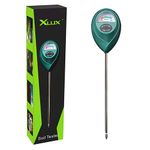
XLUX Soil Moisture Meter
Fine Gardening receives a commission for items purchased through links on this site, including Amazon Associates and other affiliate advertising programs.
– Large and clear dial, including ten scales, plug and read
– Simply insert the moisture meter into soil and you’ll get the test result instantly
– Single probe, less hurts to the roots, doesn’t dig up too much soil after test
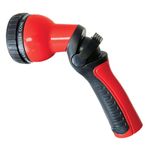
Dramm Revolution Adjustable 9-Pattern Metal Hose Nozzle
Fine Gardening receives a commission for items purchased through links on this site, including Amazon Associates and other affiliate advertising programs.
– 15 x 10 x 7 inches
– Ergonomic insulated grip
– Maximum pressure of 90 PSI
– Fully adjustable spray pattern
– No trigger lock



